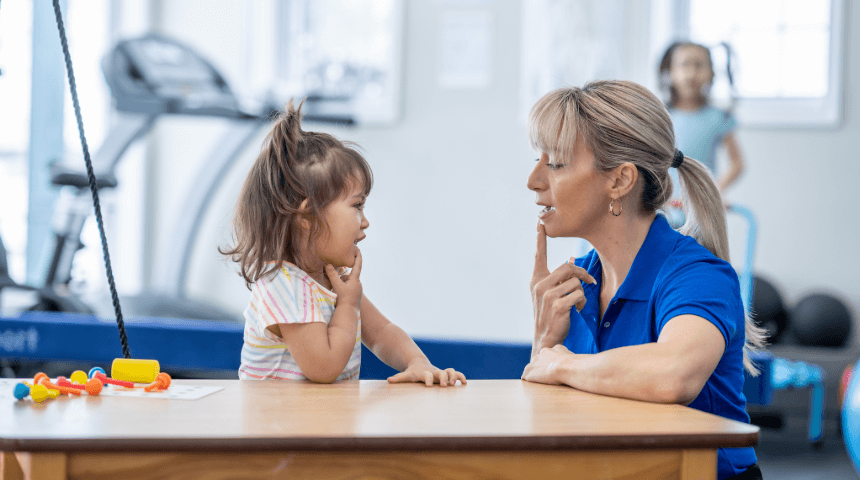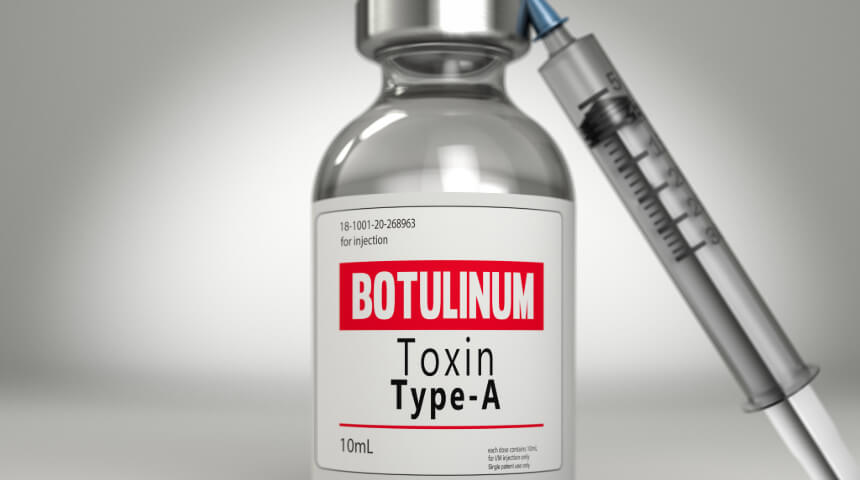Summer just wouldn’t feel like right without those long days spent at the beach or pool with your family — especially in Florida. But water poses a significant danger for children as evidenced by these sobering statistics from the Centers for Disease Control and Prevention (CDC). Roughly one in five Americans who drown are children 14 and younger. To keep your kids safe while they swim and play in the water, make sure to stay vigilant, take precautions and brush up on your drowning prevention.
Ready to slip into a swimsuit and head for the water? Here are seven water-safety tips to help ensure you have a safe day with your family.
1. Never Leave Children Unmonitored Near Water
Although swimming is fun and energy-burning for children, they should never be left alone near water. Whether you’re picnicking next to a kiddie pool or sunbathing on the beach, a designated adult should be monitoring at all times.
It’s important to keep in mind that curious little ones will often make their way to the backyard pond or pool if left to wander freely. The takeaway? Don’t leave kids unwatched near any body of water, no matter how big or small, the American Academy of Pediatrics recommends.
2. Stay Sober and Alert
Adults shouldn’t just be present when kids are near or in the water — they also need to be alert. This means they should be free from the influence of alcohol. To stay focused, consider rotating out the designated “watcher” every 15 or 20 minutes. Make sure everyone is able to recognize the signs of drowning. There also should be at least one adult on hand who knows how to swim.
3. Don’t Rely on Floatation Devices
While floaties, inflatable rings or other floatation devices are good safety precautions, they are not a preventive measure against drowning. Kids are never wholly safe with these pool toys on. Children wearing flotation devices can still tip forward or fall back into the water, so an alert adult always should be present.
4. Sign Kids Up for Swimming Lessons
Swimming lessons are encouraged by water-safety advocates everywhere. Lessons are a wonderful way to help your child become a more competent and confident swimmer. While weekly or bi-weekly swimming lessons will reduce your child’s risk of drowning, they won’t eliminate it. Research actually shows that children don’t start to master basic water skills until after the age of four. While lessons are still helpful, fun and interactive, it doesn't mean that a child is safe to swim unmonitored.
5. Take Precautions with Pools and Spas
When visiting a pool with your children, remain vigilant of the filtration and heating systems. In rare cases, the suction created by these systems is capable of trapping children under the water. When in doubt about the age or condition of a pool, avoid it.
Families with pools should consider installing a lockable, self-closing fence or gate around the perimeter of the pool, if they don’t yet have one. This precautionary measure, along with a pool alarm, is a sensible way to keep your kids safe at home.
6. Only Swim in Designated Beach Areas
When selecting a sunny spot for your family on the beach this summer, always look for areas monitored by lifeguards. Kids should never swim or wade in water that’s not officially designated as a riptide-free and safe-swimming area. When traveling to other countries, keep in mind that lifeguards might not be on duty along the shore and pools may have unsafe drainage systems.
7. Learn (or Refresh) Your CPR Skills
If an emergency does occur, your best bet for saving a child’s life is CPR. By taking a local CPR class, or refreshing your past knowledge online, you’ll be able to stabilize the victim’s condition until help arrives. Remember, those headed to the beach this summer should be proficient in CPR for babies, children and adults.
Are You Interested in Learning More?
Sign up for our e-newsletter for more tips and best practices from pediatricians.
Sign Up Here










